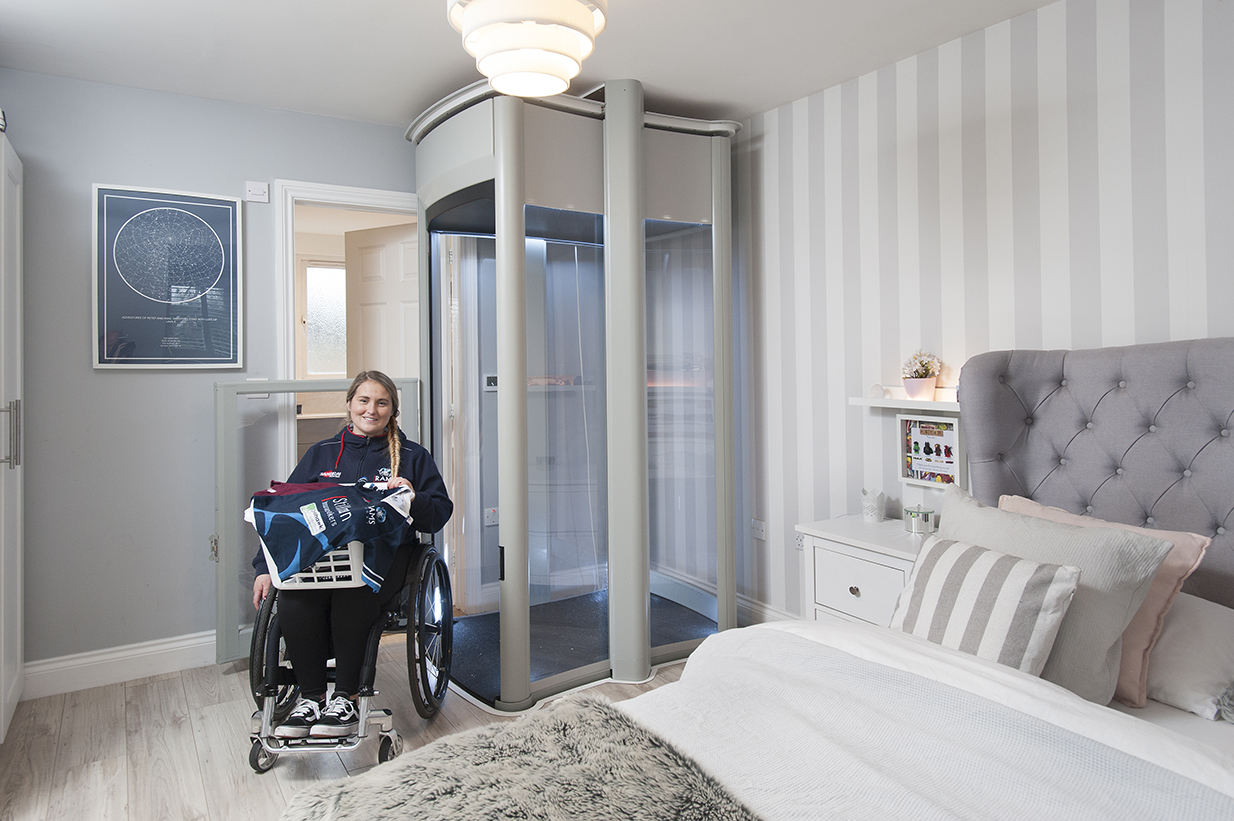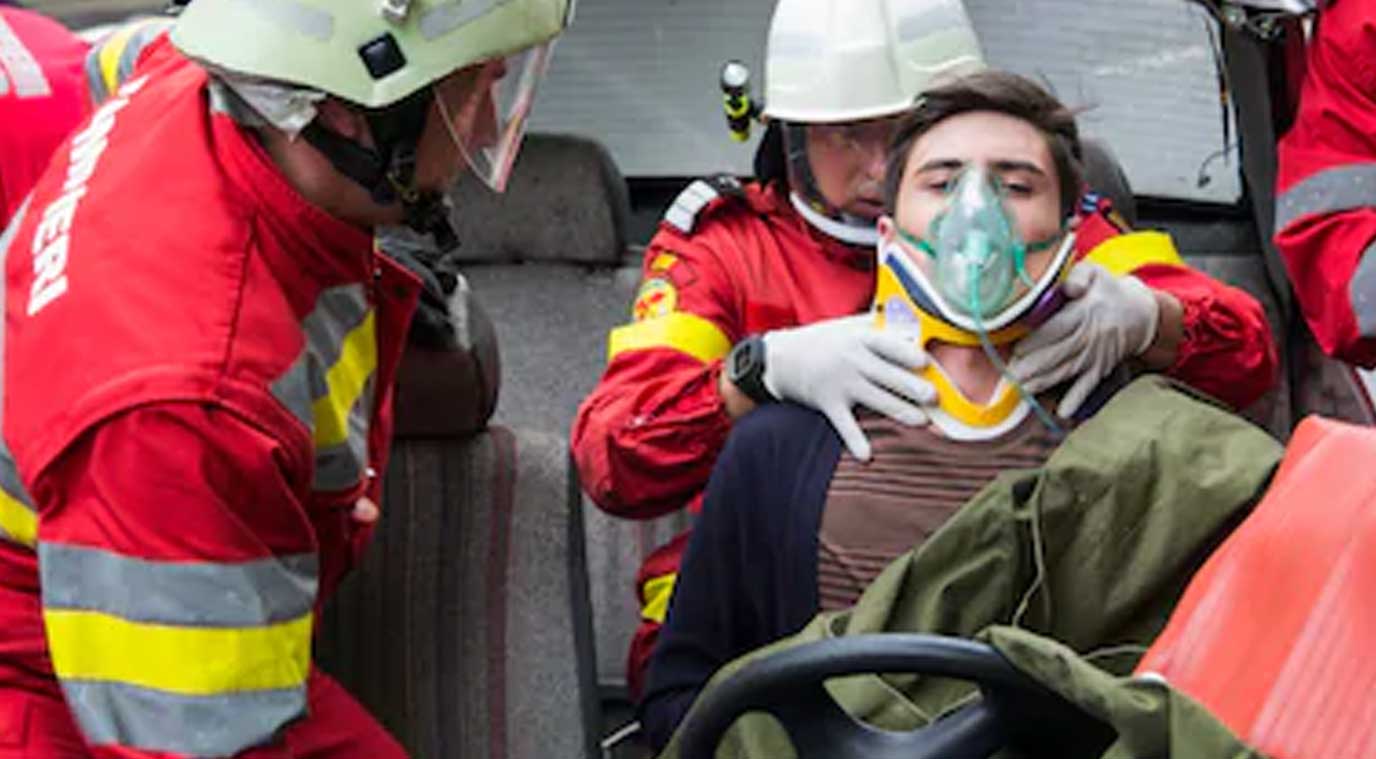Spinal Cord Injury
Spinal Cord Injury can be a very a serious physical trauma that can have a significant and permanent impact on most aspects of daily life. Spinal cord trauma can be caused by injury, disease, or infection. When the spinal cord is damaged, the communication between the brain and the rest of the body is disrupted. In most cases, it results in loss of feeling, movement, or sensation below the damaged area. The higher up you damage the spinal cord, the more movement and sensation will be lost.
Recovery from Spinal Cord Injury
The Spinal Injuries Association states that after an injury, hospitalisation is likely for three to nine months, depending on the level of injury. Recovery and rehabilitation will vary depending on each individual’s needs and the extent of the damage. As the spinal cord recovers from shock, some progress should be made, but could take up to two years to reach full potential.
Adapting to Spinal Cord Injury
Many people live a rich and fulfilling life after a spinal cord injury, but there will be a long period of readjustment whilst coming to terms with a new level of mobility. The majority of people who have experienced spinal cord trauma will require assistive devices such as a wheelchair.
Home Adaptations
Home adaptions are essential to ensure any level of independence and normality. It is important that someone with a spinal cord injury can feel safe and move freely around the home to carry out daily activities such as personal care and cooking. This is also hugely important for the individual’s confidence and wellbeing, with the aim of establishing a normal life as possible.
Home Lifts
Moving between floors can be achieved with the installation of a Stiltz Home Lift. Unlike a stairlift, a home lift is future proofed in the event that an individual’s disability progresses. With a stairlift, wheelchair users would require two wheelchairs; one upstairs and one downstairs, as well as ample space at the top and bottom of the stairs for maneouvering into position. The wheelchair user would also have to feel confident to transfer to a stairlift seat independently.
Disabled Facilities Grant (DFG)
Financial support it available to people with Spinal Cord Injuries. A DFG is provided by the local authority to install home lifts, ramps, accessible baths/showers and other accessible adaptions in the home. These are provided with the aim of enabling disabled adults and children to lead more independent lives whilst supporting families and carers. Part of the Better Care Fund (BCF), a DFG is available in England, Wales and Northern Ireland, (in Scotland its equivalent is an equipment and adaptations grant).
Notes from our resident Occupational Therapist: “With the sudden and often dramatic change in circumstances as a result of spinal damage, there can be little time to prepare either mentally for the changes ahead, or for the very necessary adaptations needed for the maintenance of independent living. Clinical and OT teams may need to move quickly to put support in place.”
“With the sudden and often dramatic change in circumstances as a result of spinal damage, there can be little time to prepare either mentally for the changes ahead, or for the very necessary adaptations needed for the maintenance of independent living. Clinical and OT teams may need to move quickly to put support in place.”


![]()
Case Study:
Mother of two, Dani suffered a catastrophic injury playing rugby in 2017. Dani’s back was broken during a tackle which left her with a T10 spinal injury, losing the use of her legs. She spent six months in hospital and now uses a manual wheelchair. She suffers with severe nerve pain but has worked extremely hard to get her life back on track. Before the Stiltz Homelift was fitted, Dani’s partner had to give her a piggyback upstairs which she felt was extremely undignified. It was also important to Dani that her new home didn’t look adapted at her home lift blended in with her modern décor. She also had to ensure the safety of her two small children and felt a stairlift would encroach on the use of the stairs.
Read Dani Watt’s Customer Story here – this link will open in a separate window.


